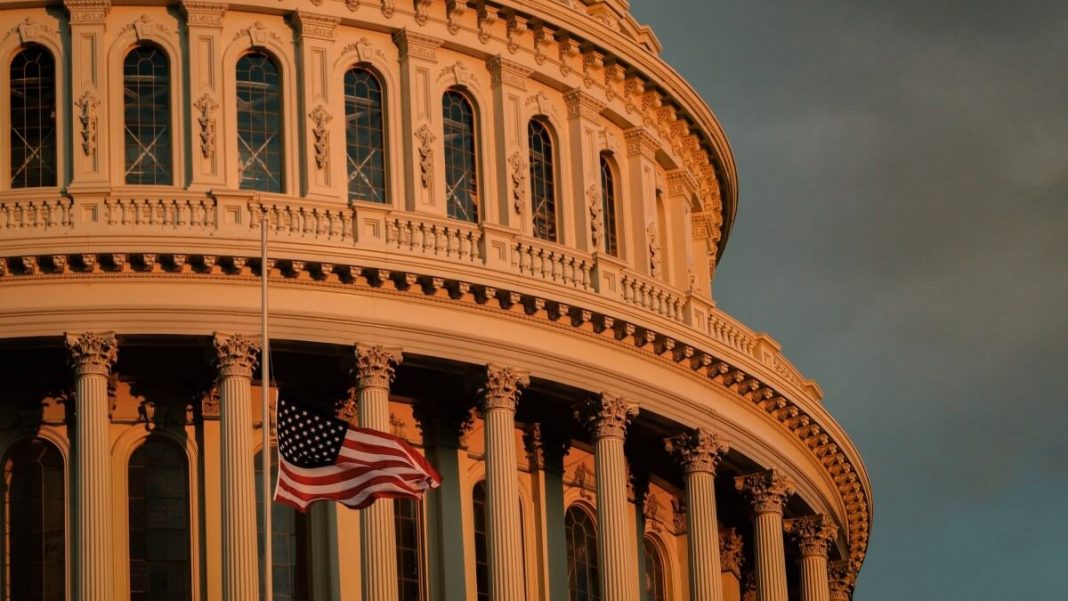The employment green card backlog for the United States EB-2 and EB-3 categories for a total of 1,070,000 Indians will require 134 years to process, which means that nearly 134,000 children will age out before a green card can be obtained.
Green-card backlog for Indian nationals poses a high risk of family separation, VisaGuide.World reports.
Authorities in the US allocate a total of 140,000 green cards for employment-based applicants every year, with a seven percent cap per country.
The EB-2 visa permits international professionals with advanced degrees or exceptional abilities in specific fields to live and work permanently in the US. At the same time, the EB-3 visa also allows foreigners to live and work in the US and obtain permanent residency.
Holding a Green Card, which is also known as a Permanent Resident Card, gives people many benefits, including the opportunity to live and work permanently in the US. However, as the number of green cards available each year is capped, the number of people who are eligible for green cards is higher than the number of green cards available.
A recent study from David J. Bier, associate director of immigration studies with the Cato Institute in the US, found that if factors such as death and aging-out are considered, the waiting period for a green card is 54 years, else it is 134, according to Business Standard report.
The same survey found that once children turn 21, they are ineligible to continue with their H-4 visa and are tied to their parent’s H-1B work visa, thus bringing new difficulties for foreigners wishing to move to the US.
The study also says that these children, referred to as “documented dreamers,” have no option but to hold an F-1 visa meant for international students, which offers limited work opportunities and higher fees. As a result, the only option for them is to self-deport to India or another country.
“The fact that Chinese and Indians dominate the backlog is the result of the country caps where green cards are not issued proportionally to the number of pending applicants in each country but rather limited arbitrarily at seven percent per nation of birth,” Bier pointed out.
Recently, the Senate and House introduced the America’s Children Act to permanently protect the children of long-term visa holders from ageing out of the system. Besides, the bill also aims to protect them from self-deportation when they turn 21.
More than 250,000 children and young adults at present live in the US as dependents of employment-based visa holders.
